Meet Mo Jiang | Illustrator & Production Designer
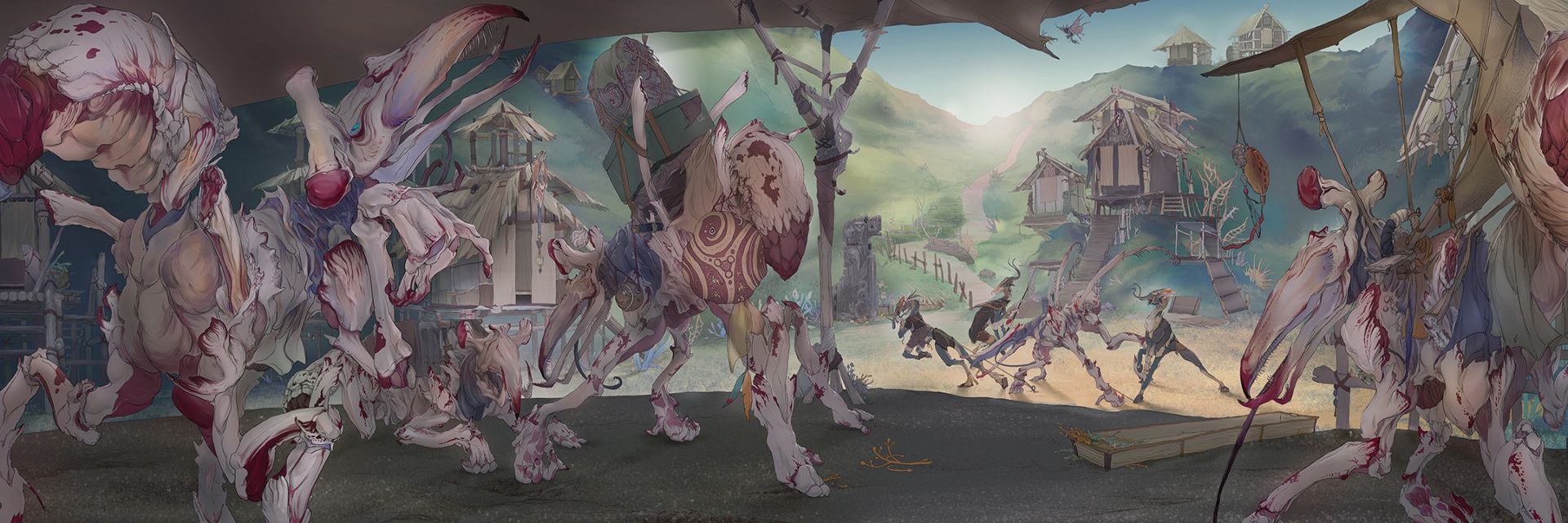
We had the good fortune of connecting with Mo Jiang and we’ve shared our conversation below.
Hi Mo, how do you think about risk?
I usually have a clear standard for determining whether or not I should take the risk when opportunities arrive. I tend to start by digging into the real motivation of the project – underneath all the form, genre trappings, what the creators of the story are really attempting to say. This deeply hidden point of view, whether it moves me or not, is the main criterion I use to determine whether I should take a risk, and how much of it I should take.
When deciding to take risks, I understand that I should be prepared for the worst. I can at least be assured that even if the project doesn’t go as well as I would like, I won’t regret trying to discuss the topic behind it. Even if the worst happens, it just means that I haven’t found the most appropriate way to express the idea, not that the point of view itself is wrong or contrary. These risks can become opportunities to explore appropriate ways to express myself.
In addition, the innovative nature of art is itself necessarily accompanied by risks. Taking risks is a great opportunity to create and promote a personal style. I tend to choose projects that have a more original point of view or, are more sensitive. This means that it is less discussed by previous generations and that there is a lot of unexplored content in the field.
In the beginning, everything I heard described Hollywood as a cruel and snobbish place. People would tell you that once you made one terrible mistake, all opportunities would be gone. That’s not always the case. Yet people in the movie industry themselves are looking for their own stories, and once they see the determination, they will be impressed. People instinctively help those who are passionate about their work, and everyone understands how much of that is out of their control while working. No one can really blame someone who puts their heart into it. Everyone has fumbled, but even if the worst contingencies happen, people will still believe in you once they realize who you really are.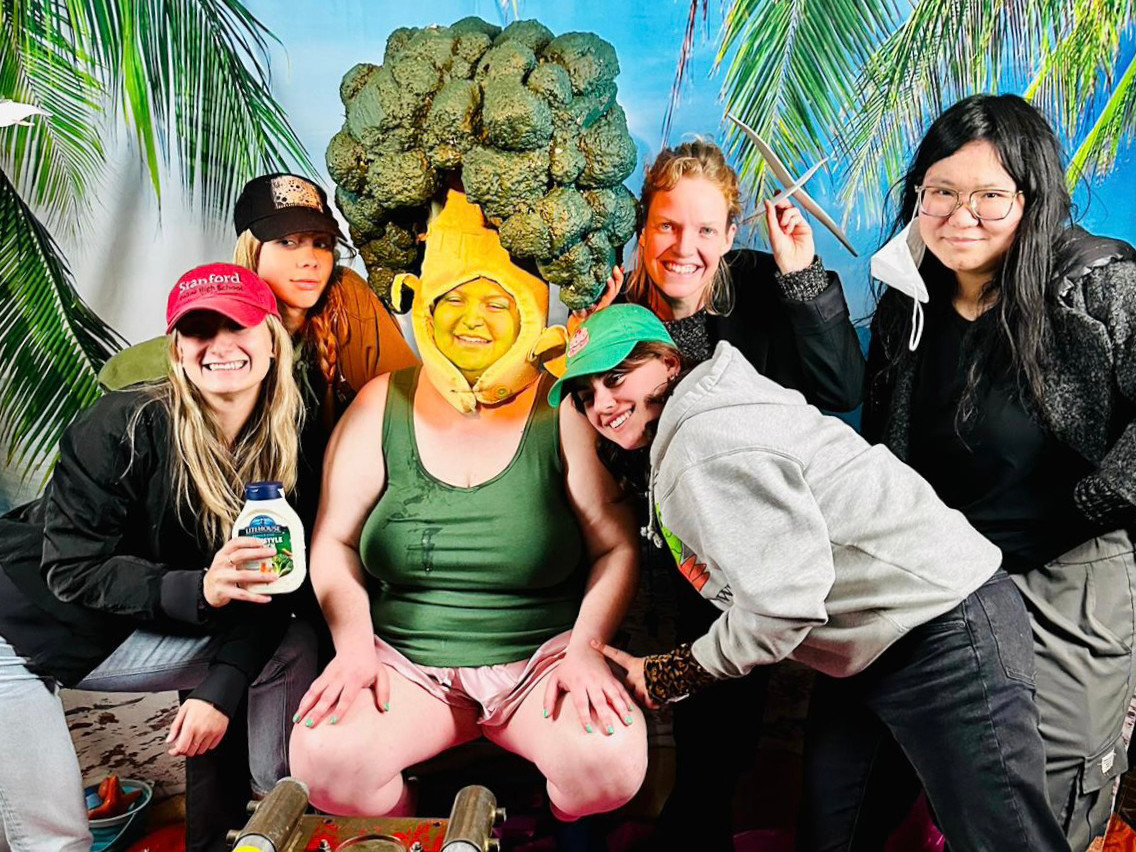

Let’s talk shop? Tell us more about your career, what can you share with our community?
I remember the first time in my early childhood when I tried to observe and make sense of the world, feeling a mix of freshness and confusion.
For instance, at the age of three, when unwrapping candy, I discovered the wrap was made up of layers of entirely different materials fused together. I was puzzled about the purpose of the reflective sheet, and how the transparent layer were attached, and why the patterns on the packaging were so finely arranged. Before I had the chance to see industrial production lines, everything was a puzzle to me—amazing and charming.
I feel the same of the movie industry and other visual arts. It took me a long time to really understand that the cultural products we see are never the cause, but the result of a result. A new technology is always born out of some old invention, and revolutionary philosophical ideas can trace their roots back thousands of years to moments of early enlightenment.
Yet the awe we tried to create, the excitement and curiosity I expected the audience to feel, was not unlike a child’s first introduction to candy wrappers. This impact arises from a logical complexity that could perhaps be felt as an illusion. The dazzling final appearance makes it easy to think that it is uniquely groundbreaking.
I realize that everything is connected, that everything is a result of something else, and I try to reflect this in my work. For example, in The Green House Era, my sci-fi themed world-building illustration series from 2021, there is a lot of setting behind the illustration itself that is shown. The food chain, the cycling of elemental sulfur, the evolutionary paths of organisms, the evolution of civilization were all taken into consideration and ultimately became part of the visual design. This way of thinking allows the illustrations to turn out to be more informative and believable, and each individual piece can become part of a larger worldview.
This experience doesn’t always apply in the more fast-paced conceptual stages of filmmaking. Some creators even deliberately avoid thinking about the connections in depth because they don’t want to get lost in the minutiae. For sure, the pace, length and genre of the movie will create some impact. But thinking in this way of how the connections are made makes it easier to build an emotional bond with the audience. What affects people the most, what is most believable, and what makes them want to express themselves the most, is usually not the happiest day of their lives, such as getting into the ideal college, winning a big prize, or whatever – it’s the uniquely “personal” moments, which can be fresh and confusing at the same time. For example, the moment when we learned our parents’ secret. Or the awkward moment of feeling the changes in your body during puberty. Or the first time you realized that your partner was not the perfect person you had idealized them to be. From this point of view, we and the audience today are never independent subjects, but rather the result of the superposition of all these unspeakable or unspoken moments. We are part of these larger wholes.
What I try to do is to listen to this connection and relay it to a wider audience in visual form. The state of the individual, and the larger, miraculous whole behind it, which is difficult to describe and characterize, is for me the most interesting subject, and the key to amazing visual art.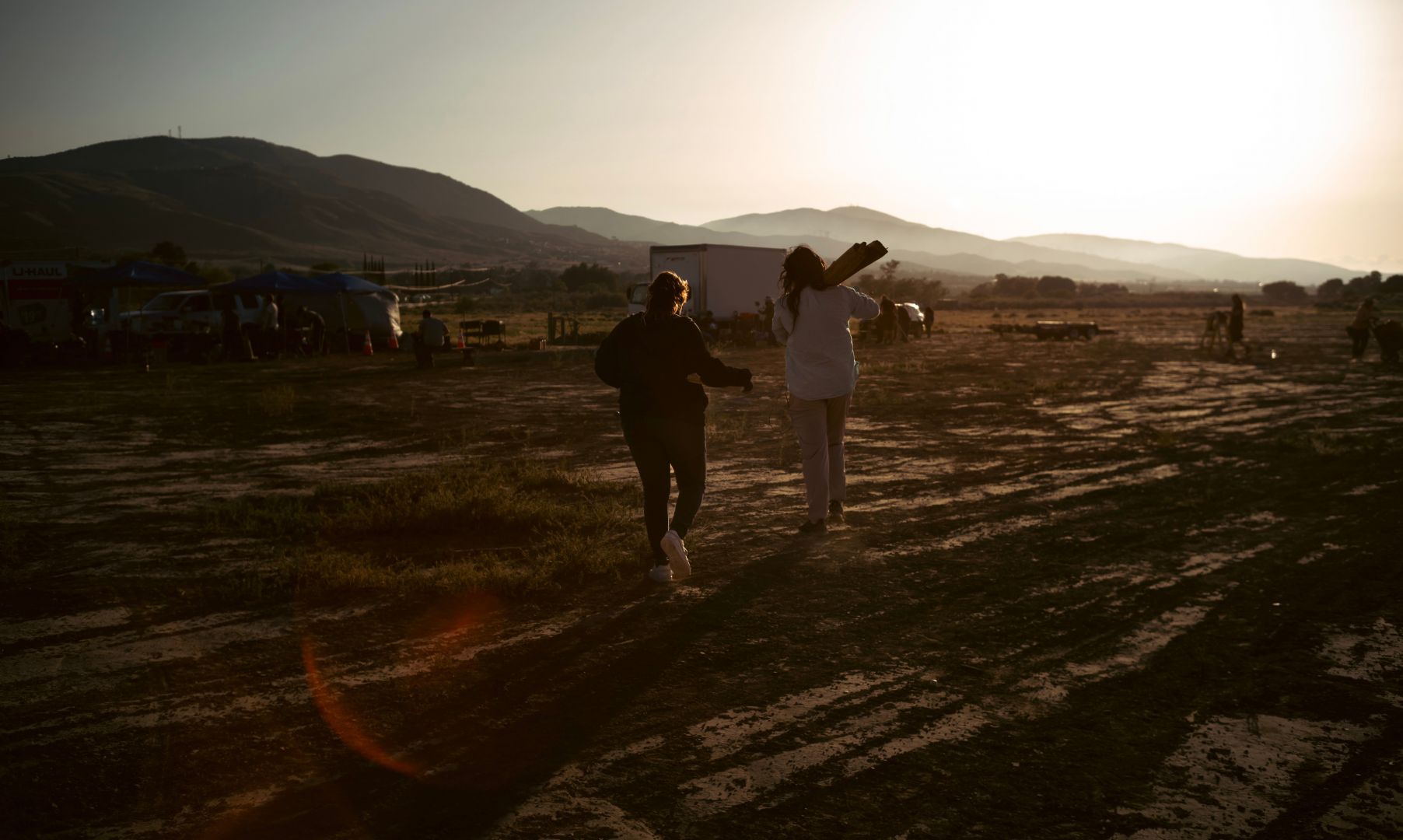
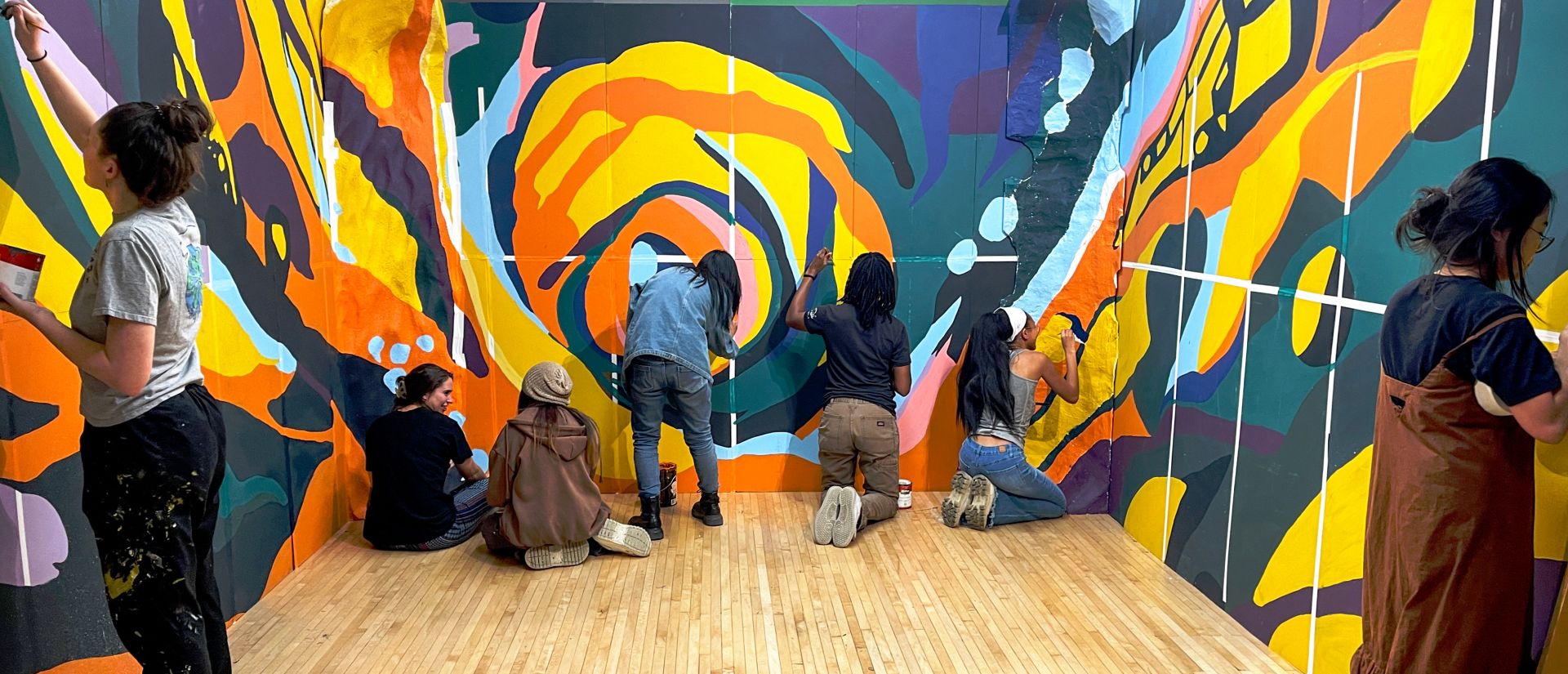
Any places to eat or things to do that you can share with our readers? If they have a friend visiting town, what are some spots they could take them to?
I’ve been in this city for less than two years, and most of that time, I’ve been busy working towards my master’s degree. So, I’m not exactly an expert in this area. However, there are often short-term art exhibitions and artist markets, and there might be some interesting places to explore.
For food recommendations, I’d suggest a few places near K-town. If they’re not from the film industry, I’d have more interesting options. For instance, I could take them to visit an ongoing film set or give them a glimpse into the world of film props recycling.
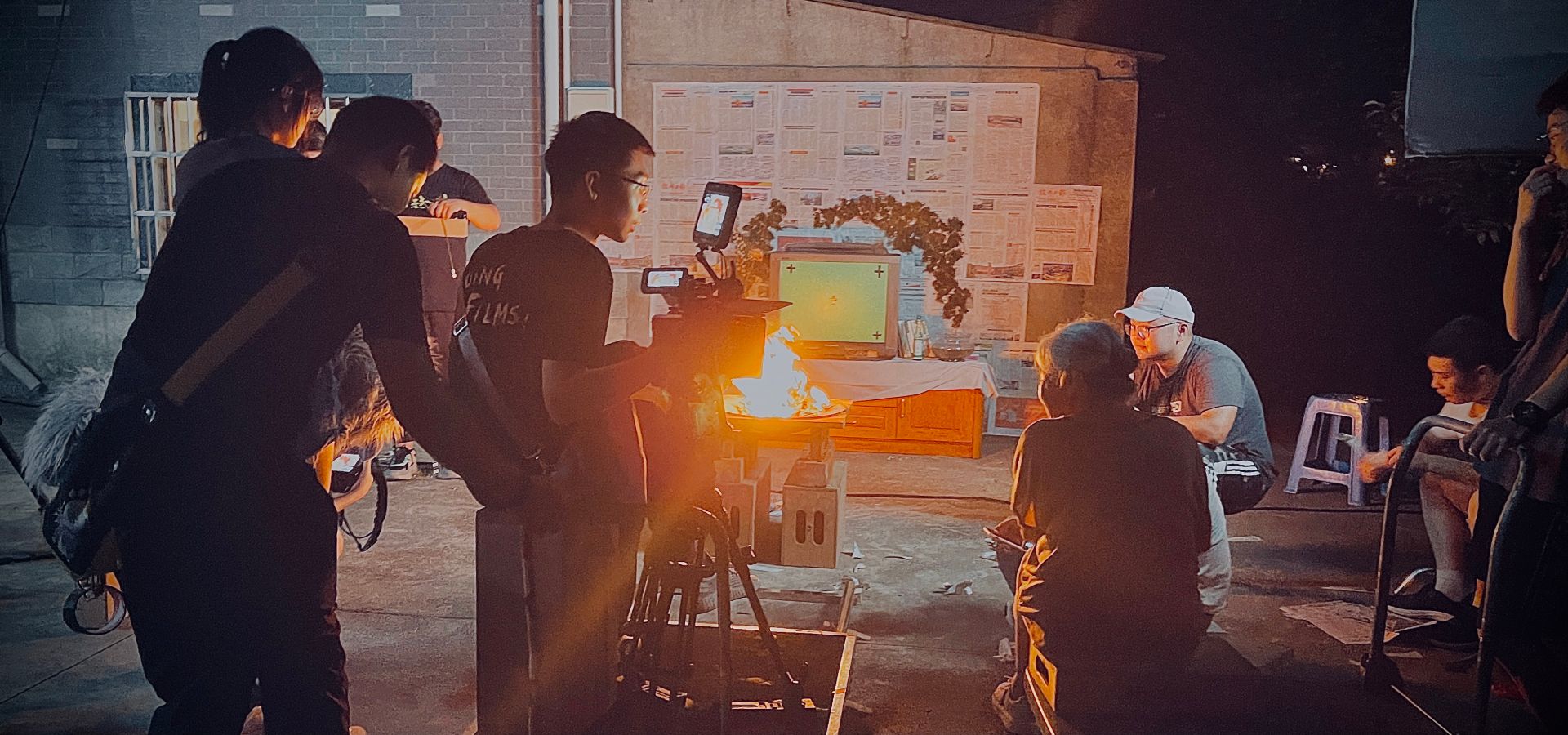
Who else deserves some credit and recognition?
2023-2025 AFI Production Design Fellows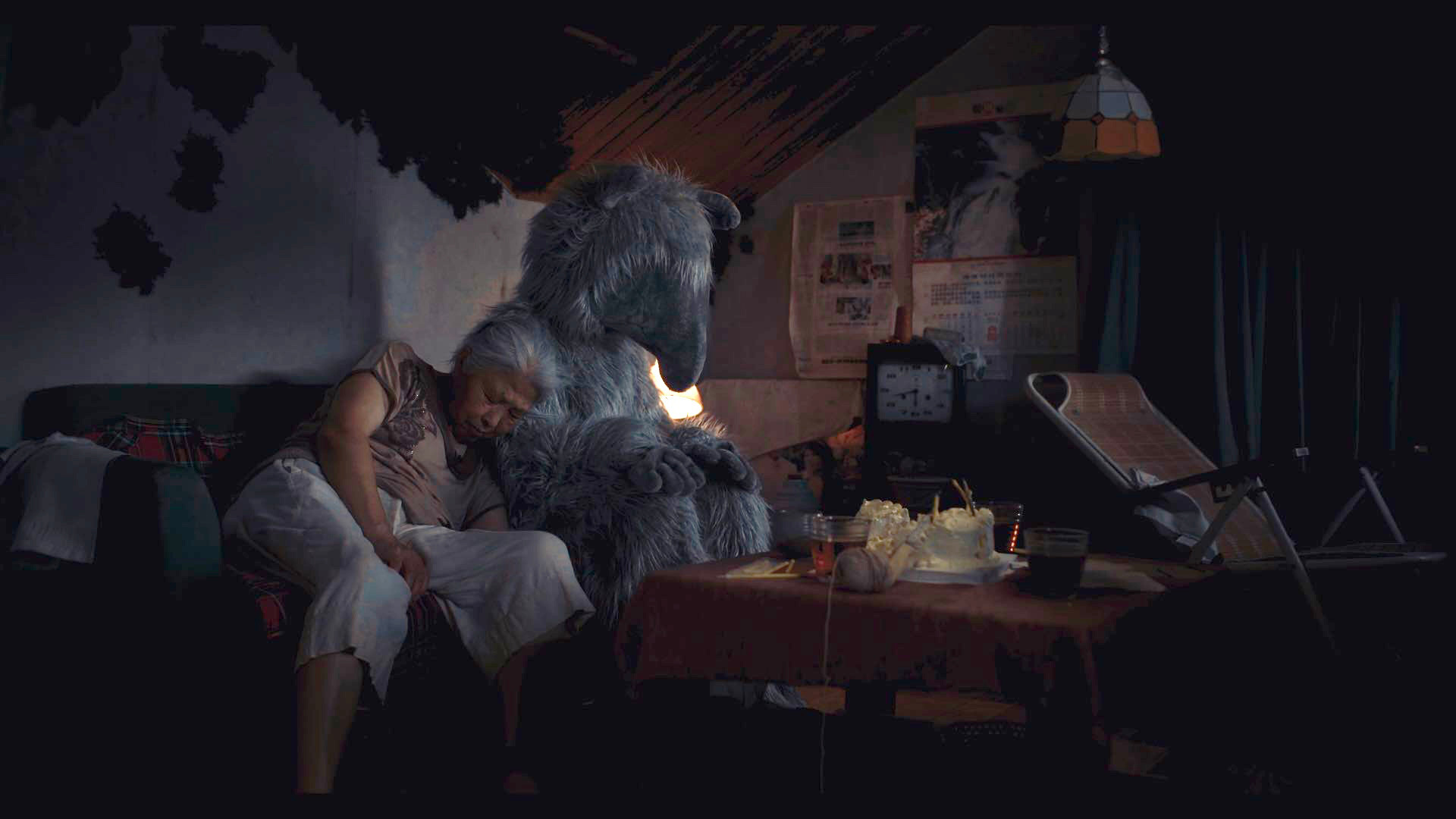
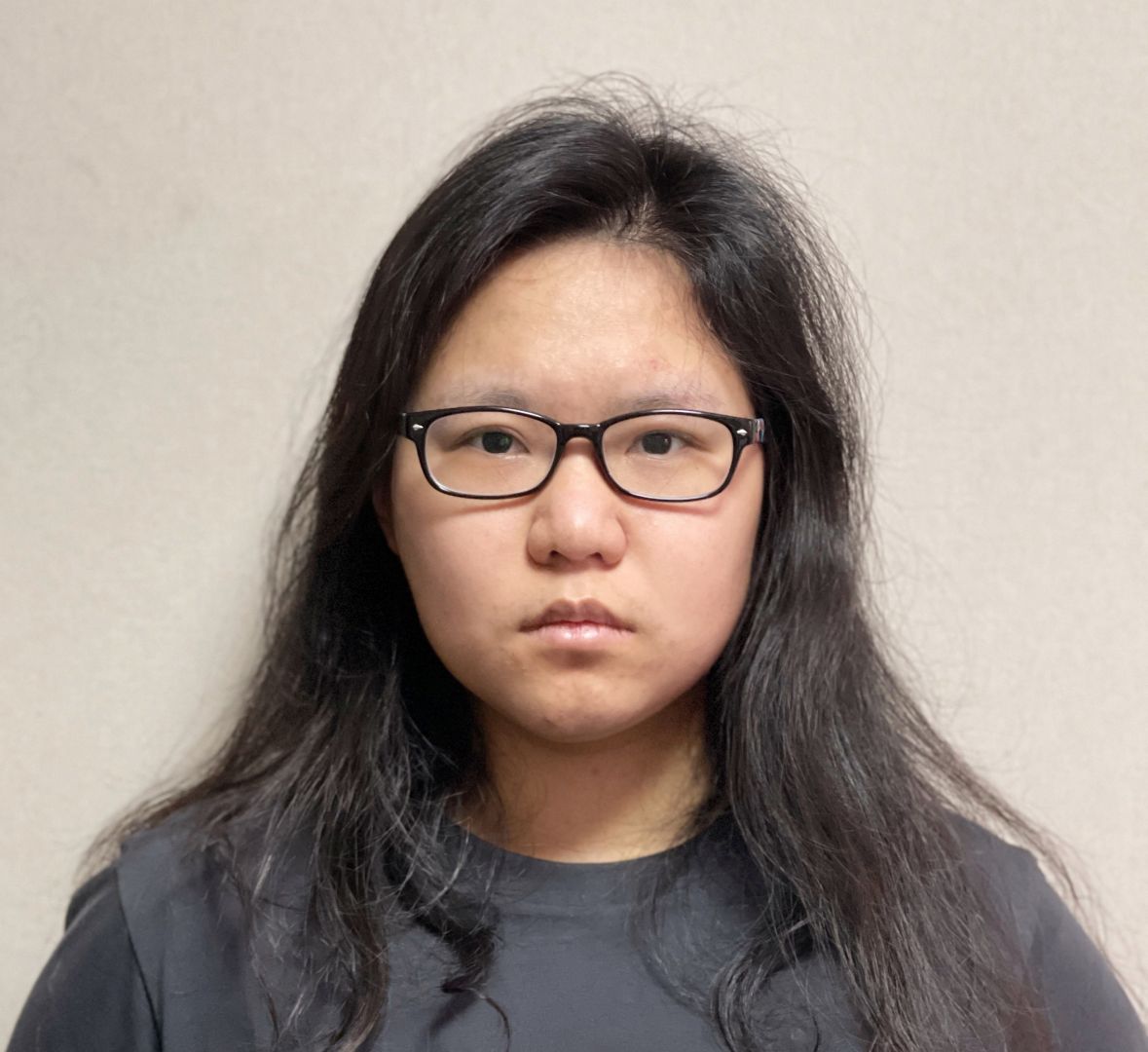
Website: xyjiang.com
Instagram: mojiang2000
